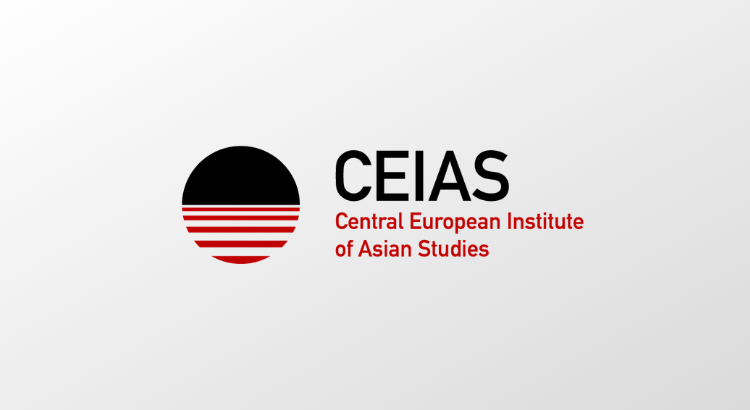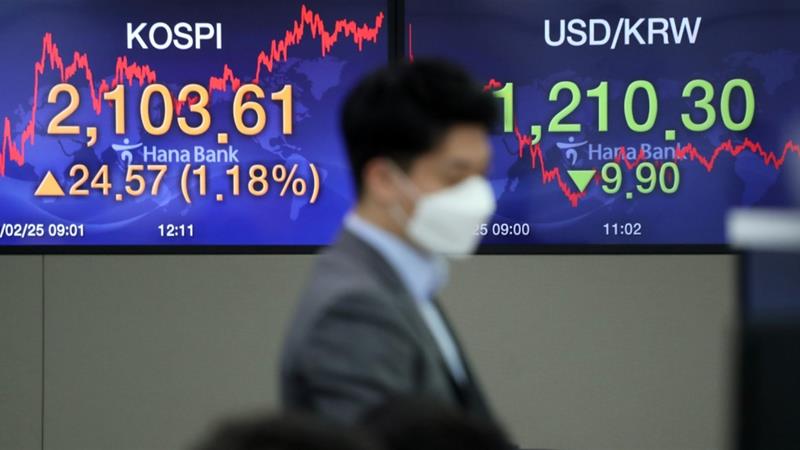Panelists from CEE countries bring insights regarding East Asian prospective investments in CEE from statistics, research, and practical experiences.
All three panelists agreed that traditional Asian partners for example South Korea and Japan are still the top investors. However, Japan is slowly pulling out of CEE regions while South Korea remains the strongest player with still space for potential. Taiwan has big potential but they have to negotiate with each country individually. Chinese are indeed important investors, but far behind South Korea and Japan, and their investment promises are not fulfilled. Also, it is observed that Central European governments tend to inflate the volume of Chinese investments in the country for political reasons. In most cases, what CEE governments try to depict as “Chinese investments”, in reality, they are either infrastructure projects financed by China, or when it’s FDI, the capital goes to Western European countries because the companies they purchased are Western European.
It was pointed out, that the volume of FDI is not the only important factor. East Asian companies with an exception of the Chinese are significantly contributing to job creation in the region.
We can observe several important trends related to East Asian investments in CEEs:
The R&D cooperation, not cheap labor will be the major driving force of future economic relations and cooperation. There is a lack of available and cheap labor force in the region. R&D cooperation is expanding, particularly with South Korea, China, and Taiwan.
The areas of the traditional car industry, E-vehicle battery producing, electronics, semiconductors, green energy, and smart cities are all fields where East Asian countries have the prospect to penetrate within the region. There is also potential for cooperation in medical and high-tech equipment to produce locally inside the EU. Apart from that, research, education cooperation, and technology transfer are other fields that East Asia plays strongly in.
Broader trends and challenges set in as East Asian countries, try to invest at the right time, with lower cost and while entering the broader EU market. On the European side, the driving force would be to reconstruct the European market itself towards a greener economy model which gives Asian partners room for potential engagement. Lastly, future industries and supply chain crisis posed by the US-China trade war serves as a stimulus.
CEEs should come up with their agenda of economic development and cooperation to provide opportunities for creating commercial alliances to be able to participate effectively with global players. Also, they should play a more active role in exchanging experts, creating new educational opportunities in new businesses.







